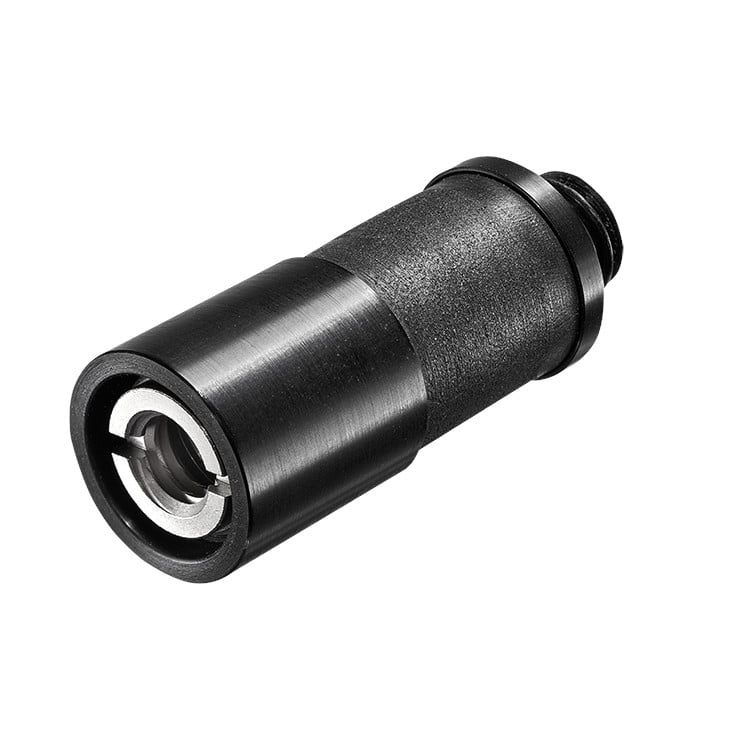I'm double posting the message below from a mic bar question thread over in
Ask The Tapers-
https://taperssection.com/index.php?topic=196577.0 because it falls right in line with the discussion we've been having above, and were I'm headed myself-
The key to effective shock-mounting is achieving a reasonable match between the springiness/compliance of the suspension and the weight/mass of whatever is being suspended. For very light microphones that are shock-mounted individually, one can add weight which is suspended along with the microphone to load the suspension so that the decoupling becomes is effective. That helps in a pinch, but is unwieldy so it generally works better to shift to suspending the entire mic-bar along with a pair of lightweight mics.
With a large bar such as that nice looking t.bone StereoBar 1 Pro Voltronic linked
[in the other thread], supporting micrphones of typical weight (not super small and lightweight), typical individual suspensions along the bar for each microphone will be the most straight forward and easiest approach. If trying to suspend and shock mount a large and relatively heavy mic bar along with microphones rigidly attached to it, a larger and relatively more stiff suspension would need to be used. This is the opposite problem of trying to individually shock-mount tiny lightweight microphones that don't have enough mass to effectively load the suspension on their own.
AEA used to make a big heavy-duty stand decoupler for use with large arrays like a Decca tree that they referred to as a "floater". I searched for but can no longer find it nor a photo of one. I'm in search of something like that myself for use between my multichannel microphone array contraption and its mounting stud that fits into the top of a mic-stand, clamp or support arm. I don't need something as heavy duty as the big HD AEA Floater, so I'm thinking something like this: The Hook Studios Large Size MD-175-70 Mechanical Decoupler -
https://thehookstudios.com/filters.html, or this Neumann decoupler -
https://en-de.neumann.com/z-26-mt might work effectively while being sufficiently compact and streamlined aloft for me. Otherwise I might build something myself using some Sorbathane samples I have on hand. Of the 8 microphones I have in the array, 6 will benefit from improved decoupling, but 5 of those are tiny and weigh almost nothing, and I'd much rather achieve it using a single compliant element at the common support point.
Rycote Lyres are great but not really the most appropriate geometry for something like this. Annoyingly, none of the decouplers I've found including the one's linked above indicate a target weight range.




